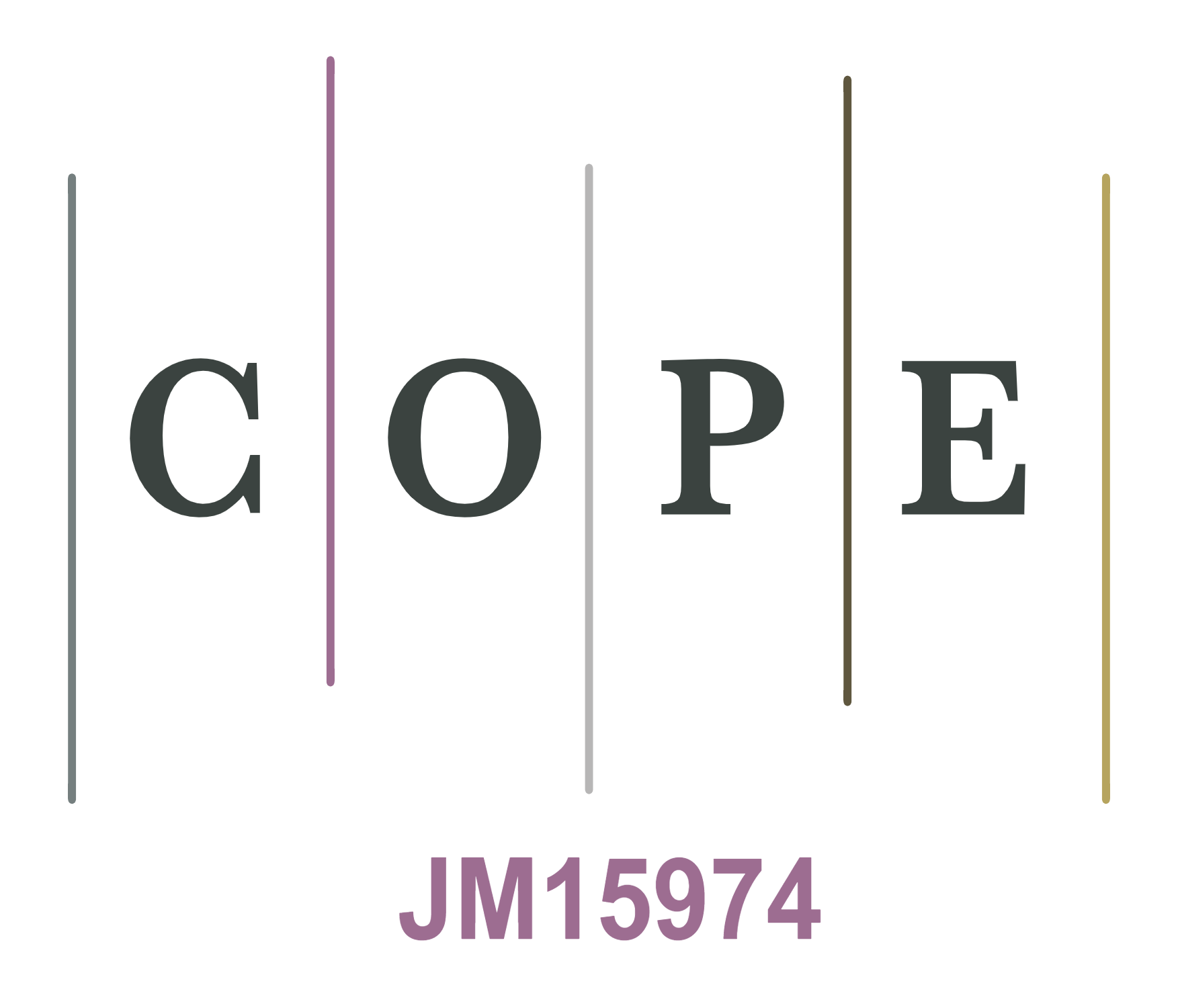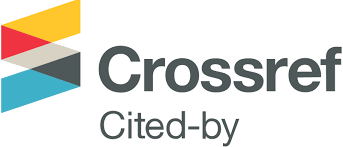People, Places, and Perceptions: Assessing Spatial Quality Attributes of Urban Third-place With Projective Survey
DOI:
https://doi.org/10.25034/ijcua.2024.v8n2-13Keywords:
Urban Third-Place, Spatial Attributes, User Perceptions, Perceptions and Experiences, Human-Centric Urban Design, Projective SurveyAbstract
Urban third places, such as cafes, parks, and plazas, are integral to the social fabric of urban environments, providing spaces for informal social interaction outside of home and work. This study explores the spatial quality attributes that define these third places and their influence on user perceptions and experiences. By employing a projective survey, a qualitative research method utilizing ambiguous stimuli to reveal deeper user sentiments, the research identifies key characteristics that contribute to the desirability of these spaces. Findings highlight the significance of physical, functional, and social dimensions, including furniture design, spatial layout, and opportunities for social interaction. These attributes are shown to vary significantly across different age groups, with notable differences in preferences between younger and older participants. The study's insights inform urban designers and architects on creating inclusive, vibrant third places that enhance urban livability and economic vitality. The research underscores the need for a human-centric approach in urban design, emphasizing the importance of accommodating diverse user needs and preferences to foster a sense of community and well-being in urban settings. By understanding the nuanced relationships between spatial attributes and user perceptions, the study contributes to the development of more effective urban design strategies.
Downloads
References
Agboola, O. P., Rasidi, M. H., Said, I. B., Zakka, S. D., & Shuaibu, A.-W. (2018). Residents’ Social Interactions in Market Square and Its Impact on Community Well-Being. Journal of Contemporary Urban Affairs, 2(2), 24–32. https://doi.org/https://doi.org/10.25034/ijcua.2018.3668
Alexander, Christopher; Ishikawa, Sara; Silverstein, Murray; Jacobson, M. (1977). A pattern Language: towns, buildings, construction. Oxford University Press.
Carmona, M. (2021). Public Places Urban Spaces: The Dimensions of Urban Design (3rd ed.). Routledge. https://doi.org/https://doi.org/10.4324/9781315158457
Carter, N., Bryant-Lukosius, D., DiCenso, A., Blythe, J., & Neville, A. J. (2014). The use of triangulation in qualitative research. Oncology Nursing Forum, 41(5), 545–547. https://doi.org/https://doi.org/10.1188/14.onf.545-547
Chapman, E. H., & Lynch, K. (1962). The Image of the City. In M. Press (Ed.), The Journal of Aesthetics and Art Criticism (Vol. 21, Issue 1). https://doi.org/10.2307/427643
Charles C Ragin, H. S. B. (Ed.). (1992). What is a Case? Exploring the Foundations of social enquiry. Cambridge University Press.
Eldesouky, A., Pulido, A. F., & Mesias, F. J. (2015). The Role of Packaging and Presentation Format in Consumers’ Preferences for Food: An Application of Projective Techniques. Journal of Sensory Studies, 30(5), 360–369. Portico. https://doi.org/10.1111/joss.12162
Fang, L., & Slaper, T. (2022). Nowcasting Entrepreneurship: Urban Third Place versus the Creative Class. Sustainability (Switzerland), 14(2), 763. https://doi.org/10.3390/su14020763
Felson, M. & Clarke. R. V. (1998). Opportunity Makes the Thief: Practical Theory for Crime Prevention (B. Webb, Ed.). Research, Development and Statistics Directorate.
Gallacher, P. (2005). Everyday Spaces: The Potential of Neighbourhood Space. Telford, Thomas.
Gehl, J. (2010). Cities for People. Island Press.
Gupta, S., & Law, S. (2023). Transforming Rooftop Terraces to Third Places in Urban India. 6 Th International Conference of Contemporary Affairs in Architecture and Urbanism (ICCAUA-2023) 14-15 June 2023, 406–414. https://doi.org/10.38027/iccaua2023en0123
Hajialiakbari, K., Zare, M., & Karimi, M. (2021). The Role of “Scale” on the Acceleration of Social Interaction in Urban Spaces. Journal of Contemporary Urban Affairs, 6(1), 59–68. https://doi.org/10.25034/ijcua.2022.v6n1-6
Hofstede, A., van Hoof, J., Walenberg, N., & de Jong, M. (2007). Projective techniques for brand image research. Qualitative Market Research: An International Journal, 10(3), 300–309. https://doi.org/10.1108/13522750710754326
Hussein, N. (2018). The Pedestrianization and Its Relation with Enhancing Walkability in Urban Spaces. Journal of Contemporary Urban Affairs, 2(1), 102–112. https://doi.org/https://doi.org/10.25034/ijcua.2018.3666
Jacob, J. (1993). The Death and Life of Great American Cities. Vintage Books.
Jeffres, L. W., Bracken, C. C., Jian, G., & Casey, M. F. (2009). The impact of third places on community quality of life. Applied Research in Quality of Life, 4(4), 333–345. https://doi.org/10.1007/s11482-009-9084-8
Kara.B. (2019). The Impact Of Globalization On Cities. Journal of Contemporary Urban Affairs, 3(2), 108–113. https://doi.org/https://doi.org/10.25034/ijcua.2018.4707
Lang, J. (2017). Urban Design: A Typology of Procedures and Products (2nd ed.). Routledge. https://doi.org/https://doi.org/10.4324/9781315642406
Lefebvre, H. (1991). The Production of Space. Blackwell.
Lukito, Y. N., & Xenia, A. P. (2018). Café as third place and the creation of a unique space of interaction in UI Campus. IOP Conference Series: Earth and Environmental Science, 99(1). https://doi.org/10.1088/1755-1315/99/1/012028
Madanipour, A. (1996). Design of urban space: An inquiry into a socio-spatial process. John Wiley & Sons.
Maslow, A. H. (1987). Motivation and personality (R. Frager, J. Fadiman, C. McReynolds, & R. Cox, Eds.; 3rd ed.). Pearson Education.
Mehta, V., & Bosson, J. K. (2010). Third places and the social life of streets. Environment and Behavior, 42(6), 779–805. https://doi.org/10.1177/0013916509344677
Mesías, F. J., & Escribano, M. (2018). Projective techniques. In A. V. Ares & P. Varela (Eds.), Methods in consumer research, Volume 1: New approaches to classic methods (pp. 45-65). Elsevier Ltd. https://doi.org/10.1016/B978-0-08-102089-0.00004-2
Oldenburg, R. (1999). The great good place: Cafés, coffee shops, bookstores, bars, hair salons, and other hangouts at the heart of a community. Marlowe & Company.
Rook, D. W. (1988). Researching consumer fantasy. Research in Consumer Behavior, 3, 247–270.
Spry, L., & Pich, C. (2020). Enhancing data collection methods with qualitative projective techniques in the exploration of a university’s brand identity and brand image. International Journal of Market Research, 63(2), 177–200. https://doi.org/10.1177/1470785320943045
Tarek, M., Hassan, G. F., Elshater, A., & Elfayoumi, M. (2021). Investigating Built Environment Indicators to Develop a Local Walkability Index. Journal of Contemporary Urban Affairs, 5(2), 235–251. https://doi.org/10.25034/ijcua.2021.v5n2-7
Whyte, William, H. (1988). City: Rediscovering the Center. University of Pennsylvania Press.
Yuen, F., & Johnson, A. J. (2017). Leisure Spaces, Community, and Third Places. Leisure Sciences, 39(3), 295–303. https://doi.org/10.1080/01490400.2016.1165638
Published
Issue
Section
License
Copyright (c) 2024 Upendra Vinay Joshi, Snehal Nagarsheth

This work is licensed under a Creative Commons Attribution 4.0 International License.






















